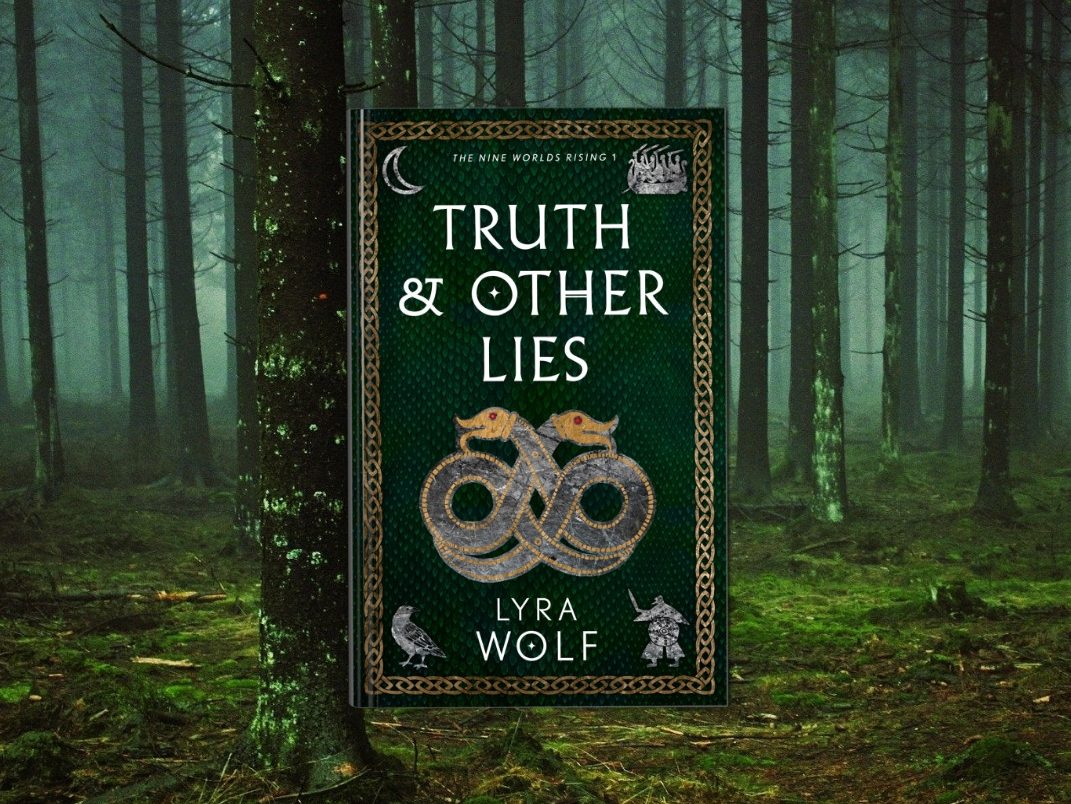
The Norse lore and cosmology are incredibly complex. While we don’t have a holy book of any sort, heathenry is called “the religion of research” for a reason. There is much more to it than the few myths Neil Gaiman retold in his Norse Mythology, and Snorri’s Poetic Edda and Prose Edda. Those writings, both academic and not quite so, ranging between analysis of each line of Völuspa and summaries of Norse shamanist techniques, need to be read through two filters. The first is that there are no written resources from the actual Viking period – it’s taken centuries before the sagas have been written down by Christians. The second – everyone who took it upon themselves to interpret them had an agenda of their own (disclaimer: so do I, only I’m not pretending that I’ve written an academic book). So I read perhaps 1% of what is available, tried to strip it from modern additions, reminded myself that a lot of the Viking-era resources are items the archeologists labelled “religious artifacts” (which translates to “no clue, really”)… then altered what needed to be altered in order to turn that sliver of knowledge into what is hopefully an entertaining, if dark, novel.
When the first round of beta-readers provided me with feedback, they pointed out that they often got lost among all the Gods and worlds and races. I was surprised to hear that despite Chris Hemsworth’s chest there were still people who didn’t even know who Thor was. I have added an index at the beginning of the book, or rather Loki did, where the Gods and the worlds get brief introductions. Finding the right balance between “I don’t understand a thing” and “here’s 50 pages describing the roofs of Heimdall’s hall” has been difficult and I have no clue whether I’ve managed. Here on the blog I’ve been writing a bit more about the Gods – this time I’m going to try and tackle a whole world…
Jötunheim
Jötunheim – the home of the jötnar, one of the heathen Nine Worlds, is where the book begins. The popular mistranslation of the word “jötunn” (singular for “jötnar”) as “ice giant” is something I blame Marvel for. In my book it’s also something of a racist slur when used by other peoples. The most accurate/literal translation of “jötnar” would be “the Eaters”.
In my book Jötunheim consists of two parts, the East and West. The Easterners, traders and sailors, are the ones the elves and humans tend to know. That part of Jötunheim is also the coldest, covered in snow and ice through most of the year. The mocking phrase “ice giants” was coined when the elves and human failed to understand the jötnar’s refusal to leave their home land for warmer pastures. Surely, they mocked, that meant that the ice giants loved the cold just as much as the dwarves of Svartálfheim adored spending their lives in their underground forges?
…
Children of the Gods: Jötunheim, jötnar, and Lay of ThrymrRead More »



 Neil Gaiman’s Norse Mythology became a bestseller last year and continues to sell well today. Vikings spawned a range of movies and TV series, some of them absolutely cringe-worthy, some just about watchable. One could argue whether the true beginning of Norse reign (hoho) over TV and cinema screens was caused by Chris Hemsworth’s chest or Clive Standen’s chest, but one thing seems certain. Soon the Vikings will go the way of sparkling vampires and billionaires owning Red Rooms of Pain. But, luckily for me, not yet.
Neil Gaiman’s Norse Mythology became a bestseller last year and continues to sell well today. Vikings spawned a range of movies and TV series, some of them absolutely cringe-worthy, some just about watchable. One could argue whether the true beginning of Norse reign (hoho) over TV and cinema screens was caused by Chris Hemsworth’s chest or Clive Standen’s chest, but one thing seems certain. Soon the Vikings will go the way of sparkling vampires and billionaires owning Red Rooms of Pain. But, luckily for me, not yet.